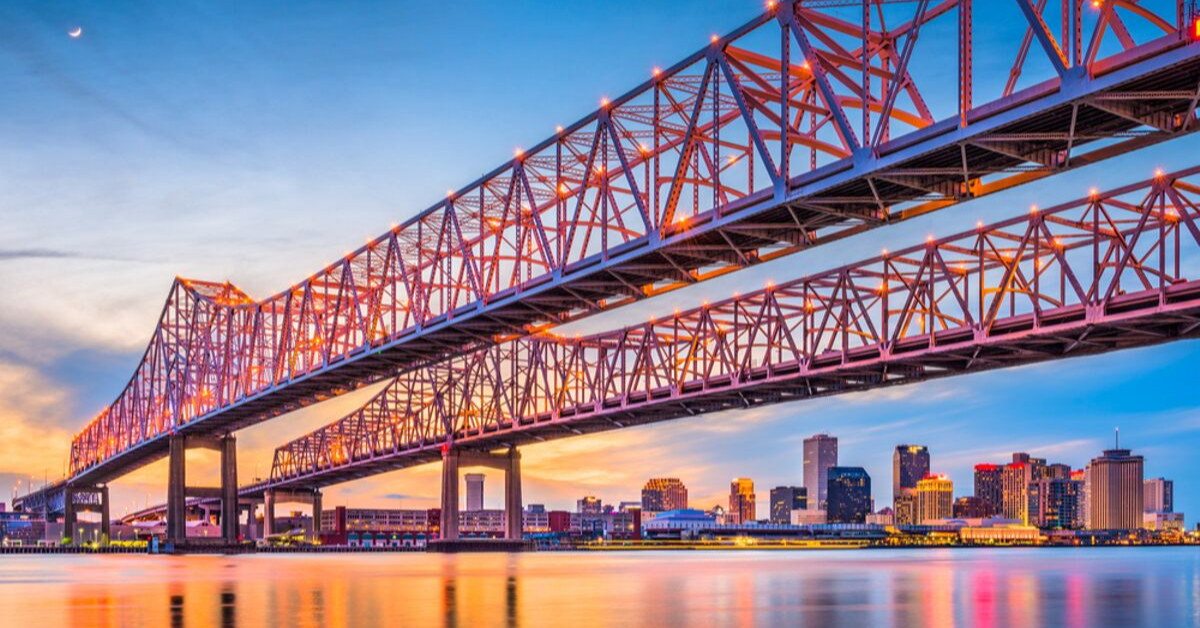Is the Mississippi River the Answer to Faster Inland Freight Shipping?

The Mississippi River can play a crucial role in improving the speed of inland freight shipping through the creation of additional inland ports in the Midwest.
The global container market is expected to continue to experience significant growth in the next decade, as looking for new freight solutions is a top priority. Adding to the inland port system can play an essential part in impacting the global supply chain while improving efficiency in moving large shipments of freight in the Midwest.
Benefits of Additional Inland Ports
One of the main advantages of additional inland ports is that it makes it much easier to improve the speed of inland freight shipping. These inland ports will also ease the burden of high-traffic ports on the East and West Coast while also alleviating the strain at the borders. Ultimately, the main goal of an inland port is to improve shipping efficiency of freight throughout the United States by strategically placing new ports alongside the Mississippi River.
Major Impacts on the Agricultural Industry
One of the main beneficiaries to faster inland freight shipping is the agricultural industry. Inland ports make it much faster to ship food products, such as soybeans throughout the entire world. Currently, 60% of the exports in Illinois are traveling by rail to the Gulf of Mexico, while 25%-30% uses the railway to reach the Pacific Northwest. Inland ports along the Mississippi River can dramatically reduce these numbers and make it much easier to ship products from the Midwest.
Potential Surge of Innovative Freight Solutions
The Container-on-Vessel (COV) service is a potential idea that would make it easier to carry large quantities of containerized freight at a much quicker pace upriver on the Mississippi River. The cargo liner vessel can carry up to 2,500 containers by making round trips within seven days from Lousiana to Memphis while reaching the St. Lous area within ten days. Hybrid vessels would also be available to make direct trips and pick up additional freight from other ports. Two independent studies have shown that these services would result in between 40 to 44 percent in cost savings.
The global container market will only continue to experience rapid growth in the next few years and adding more ports along the Mississippi River can play a significant role in finding better freight solutions. Only time will tell if these plans will result in fruition due to the necessity of securing financing while also receiving approval from the American Bureau of Shipping.
However, the creation of these inland ports offers immense benefits by producing a highly efficient and cost-effective service in moving large amounts of shipments on the Mississippi River.


